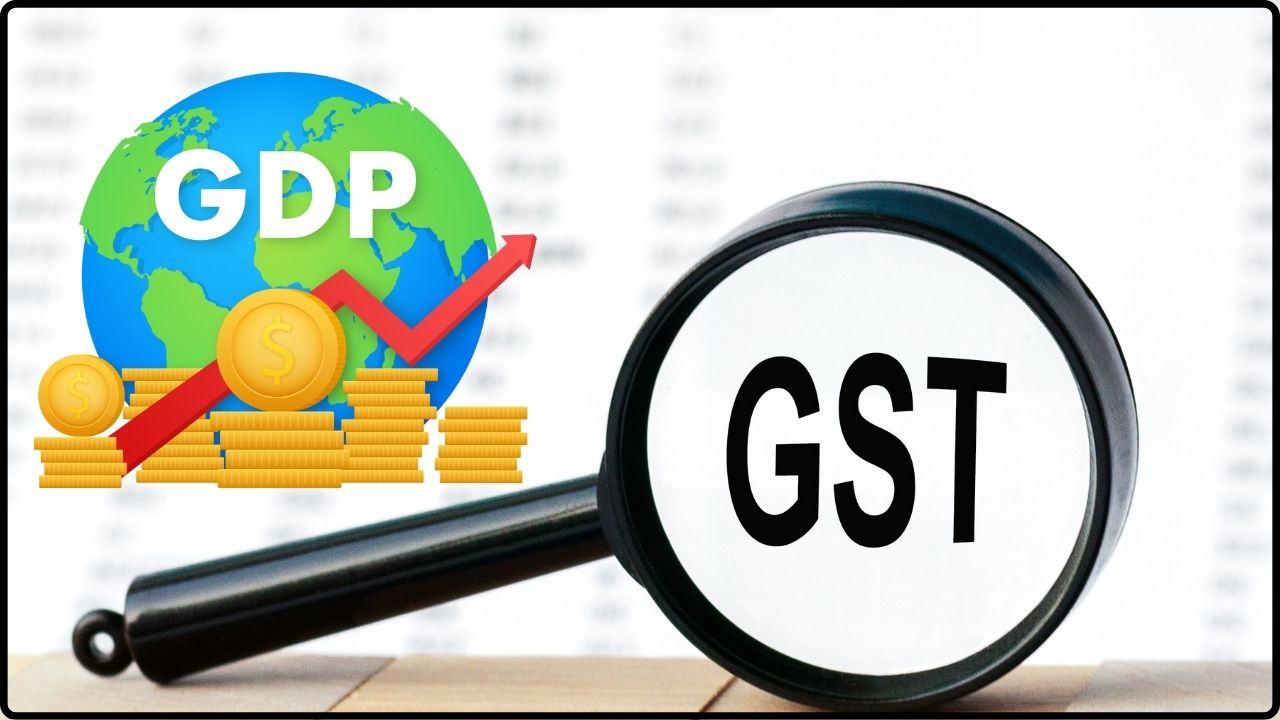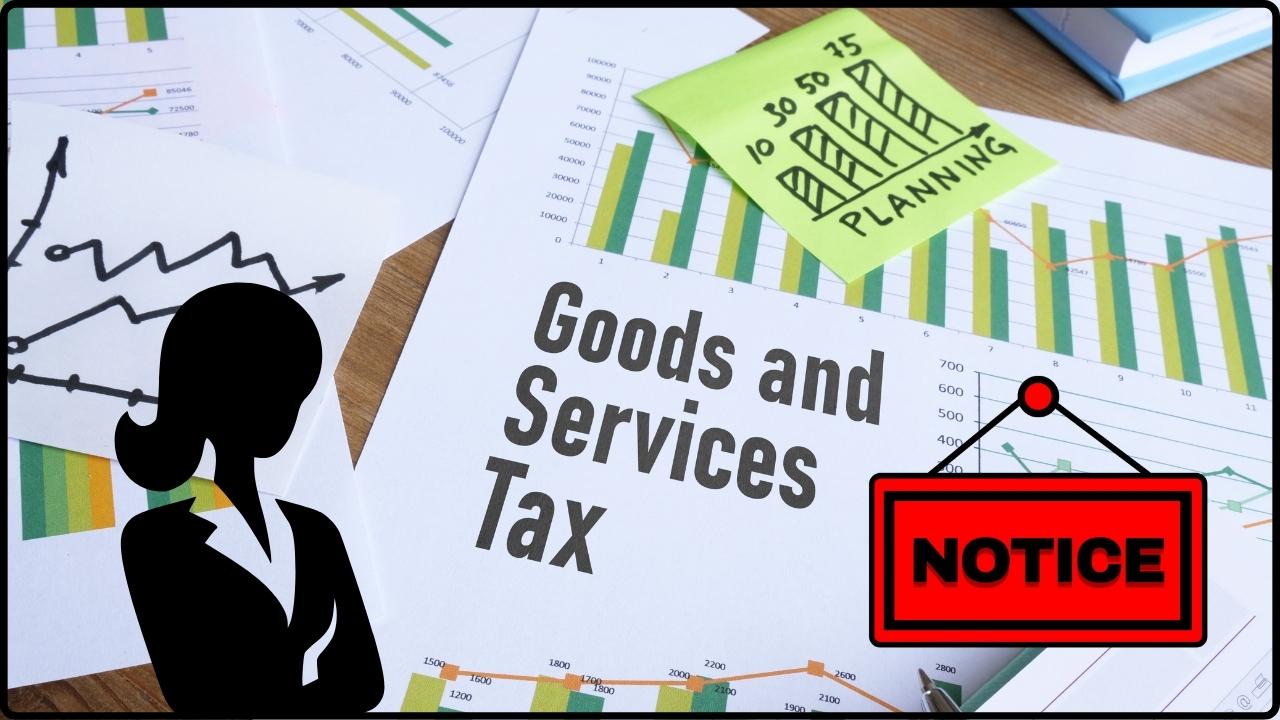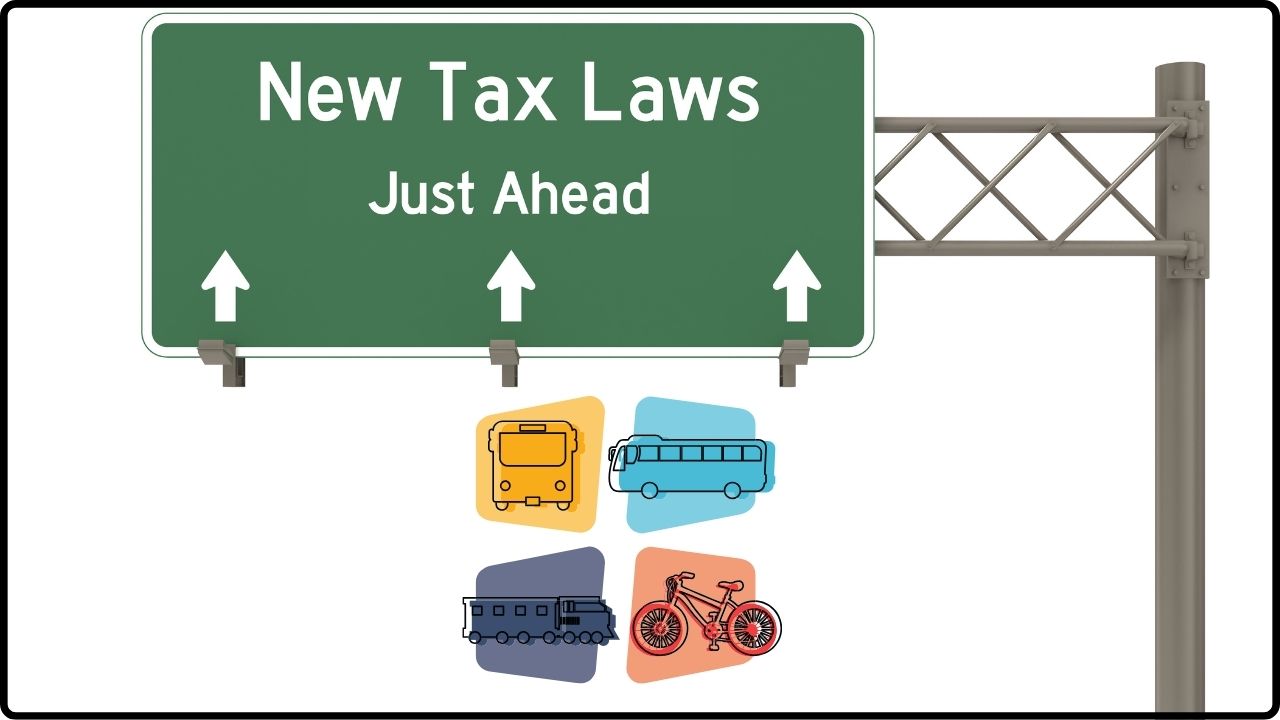Auto Companies Want New GST Rates Before Navratri: If you’ve been keeping up with the buzz in India’s auto industry, you’ll know that auto companies want new GST rates before Navratri. This is not just boardroom chatter—it could directly affect your wallet if you’re planning to buy a car this festive season. Think of it like Black Friday in the U.S.—but stretched over weeks of Navratri and Diwali shopping, where buying a new car is as much about tradition as it is about transportation. For buyers, the timing of the Goods and Services Tax (GST) cuts could mean the difference between paying the old high rates and snagging a deal worth tens of thousands. Auto companies are pushing hard for the government to finalize changes before the Navratri season, which begins September 22, because festive months typically account for up to 40% of their yearly sales.
Auto Companies Want New GST Rates Before Navratri
The demand for new GST rates before Navratri is not just about taxes—it’s about confidence, tradition, and economic momentum. For automakers, it’s the difference between a regular season and a record-breaking one. For buyers, it could mean saving thousands on your dream car. The smartest move? Wait for the GST Council’s September meeting, track the announcements, and be ready to book quickly. Because once the cuts are confirmed, the rush will be real—and those who act first will save the most.
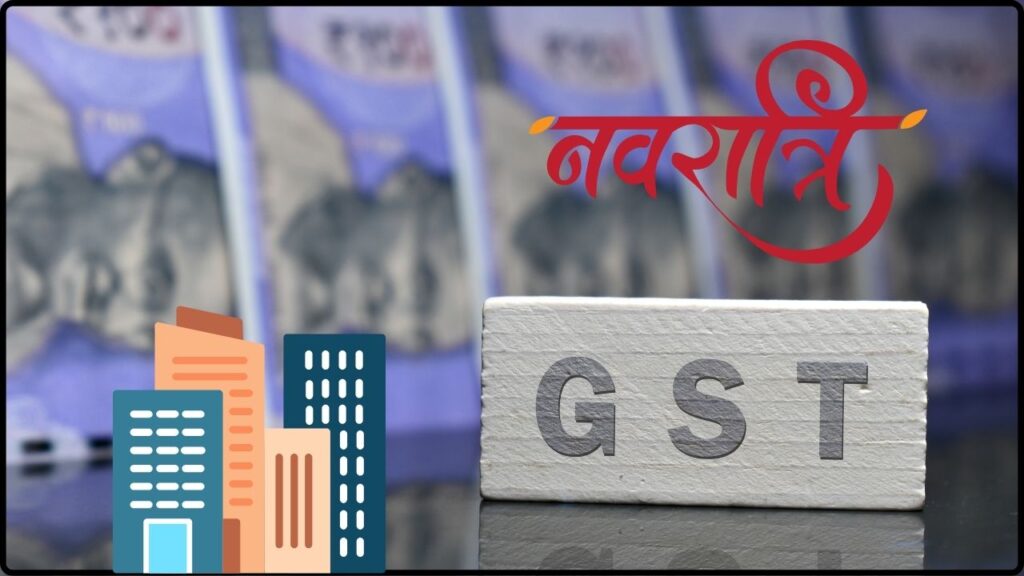
| Point | Details |
|---|---|
| Proposed GST Restructure | Moving from 4 slabs (5%, 12%, 18%, 28%) to 2 slabs (5%, 18%) + 40% for luxury goods. |
| Impact on Small Cars | Entry-level cars could drop from 28% to 18% GST. Huge savings for buyers. |
| Luxury Vehicles | SUVs and luxury cars may move to a flat 40% tax—slightly lower than the current 43–50%. |
| EVs | Still taxed at 5%. No change, but the ICE vs EV price gap may narrow. |
| Savings Estimate | Buyers could save ₹55,000–₹1.1 lakh on popular models (Wagon R, Baleno, Creta, XUV700). |
| Industry Impact | Maruti, Hyundai, Tata stocks jumped 3–9% after the announcement. |
| Timeline | GST Council meets Sept 3–4, 2025. Navratri starts Sept 22. |
| Official Resource | GST Council Website |
Why Auto Companies Want New GST Rates Before Navratri?
Festive seasons are the Super Bowl of car sales in India. Buying a new car during Navratri or Diwali is seen as auspicious, and automakers line up special discounts, financing deals, and free add-ons. In 2023 alone, festive car sales touched nearly 1.2 million units—a record for the industry.
But this year, buyers are cautious. Why pay the current 28% GST when there’s a strong chance it will soon drop to 18%? Dealers report that bookings are slowing, with many families telling sales reps, “We’ll wait for the government’s decision.” Automakers fear that without clarity, they’ll lose the momentum of the season’s first wave of sales.
Breaking Down the Proposed GST Changes
Small Cars: The Big Winners
- Current rate: 28% + cess
- Proposed rate: 18%
- Impact: Popular models like the Maruti Wagon R, Swift, and Hyundai i20 could see prices fall by ₹55,000–₹70,000. Mid-range sedans like the Honda City might drop by nearly ₹90,000. For a family, that’s the cost of an international vacation or a year’s worth of groceries.
SUVs and Luxury Cars: Marginal Relief
- Current rate: 43–50% combined taxes
- Proposed rate: 40% flat
- Impact: For SUVs like the Toyota Fortuner or luxury cars like the BMW 3 Series, the savings could be in the range of ₹2–3 lakh. While that sounds big, in percentage terms, it’s less impactful compared to the massive relief small car buyers get.
Electric Vehicles (EVs): Status Quo
- Current rate: 5%
- Proposed rate: No change
- Impact: EVs continue enjoying the lowest tax bracket. However, with petrol and diesel cars getting cheaper, the relative advantage of EVs narrows. Experts worry this could slow India’s EV adoption drive, which is central to its clean mobility vision.
Global Context – How India Compares
Car taxes are a global balancing act between government revenue and consumer affordability.
- United States: Car taxes vary by state—usually 2.5% to 7.5% sales tax. Import duties are additional.
- European Union: Countries like Germany levy 19% VAT on vehicles, while Denmark and Sweden impose up to 25%.
- China: A tiered system based on engine capacity. Smaller cars pay less tax, larger ones more.
If India adopts the proposed 18% slab, small car buyers here would be paying less tax than most Europeans, positioning India as one of the more consumer-friendly markets in terms of vehicle affordability.
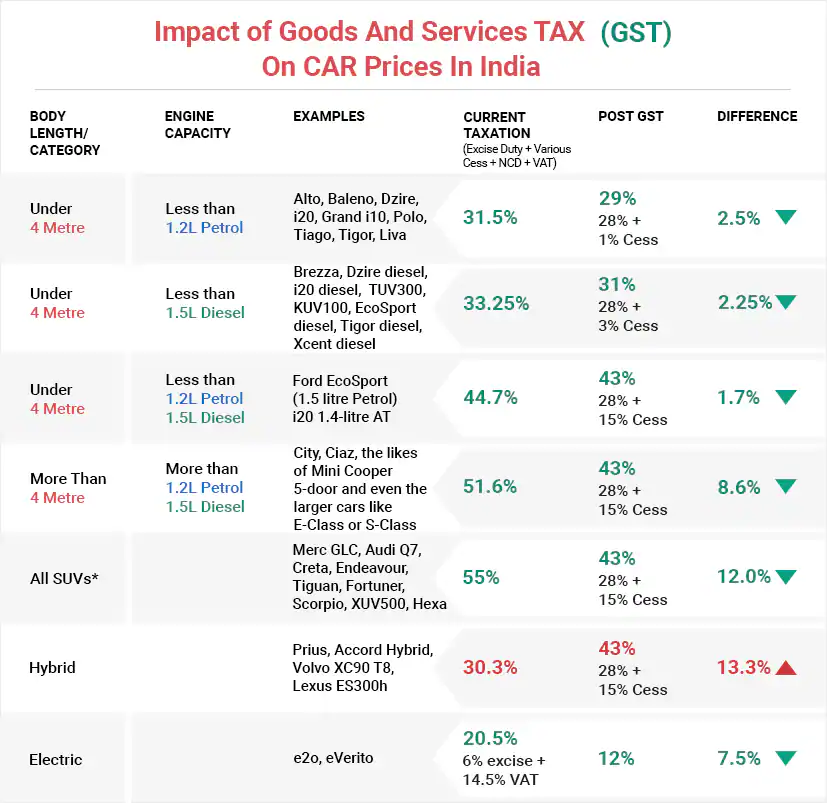
Market Reactions – Stocks Don’t Lie
The financial markets immediately sensed opportunity. On the day the proposal was floated:
- Maruti Suzuki’s stock jumped 8%.
- Hyundai India’s local unit surged nearly 9%.
- Tata Motors gained around 3%.
This shows investor confidence that lower GST will unlock pent-up demand and send sales soaring—something Wall Street investors also anticipate whenever U.S. interest rates fall.
Consumer Behavior: Why Festivals Matter
In India, buying a car isn’t just a financial transaction—it’s a family celebration. Cars are often purchased during Navratri, Dussehra, or Diwali because of cultural beliefs tied to prosperity and good fortune. Families plan car purchases around these festivals much like Americans time their electronics shopping for Black Friday.
Last year, nearly 1 in 3 cars sold between September and November. Automakers call it the “golden quarter,” and with GST cuts in the mix, this year could break all records—if the government acts quickly.
Regional Differences – Why It Matters Where You Live
- Metro Cities: Buyers in Delhi, Mumbai, and Bangalore are already waiting. Dealerships here see the sharpest fall in bookings because urban buyers are more price-sensitive.
- Smaller Towns: In Tier-2 and Tier-3 cities, where cars are often the first big-ticket purchase for a family, price drops could unlock completely new customer segments.
- Rural India: Lower GST could boost two-wheeler-to-car upgrades in rural regions, where aspirational buying is on the rise thanks to rising farm incomes.
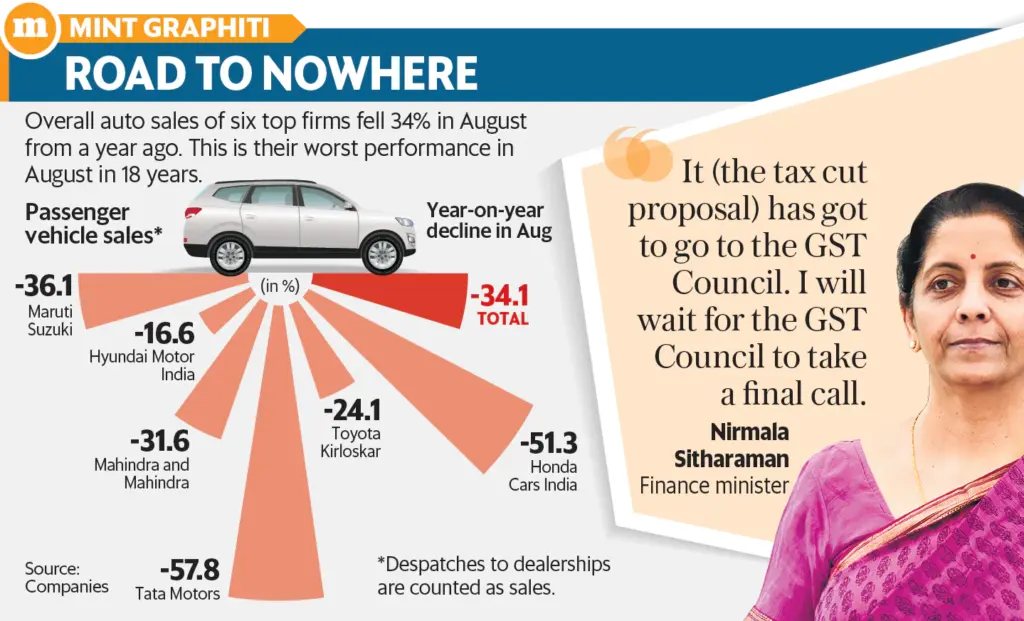
Impact on Economy and Jobs
The auto industry isn’t just about cars—it’s an economic engine. It contributes nearly 7% to India’s GDP and employs over 37 million people directly and indirectly.
Lower GST rates would:
- Boost factory production, creating more manufacturing jobs.
- Revive dealerships that are struggling post-pandemic.
- Stimulate allied industries—insurance, logistics, and financing.
According to Nomura Research, the sector could see sales growth of 10–12% year-over-year if GST cuts roll out before Navratri.
Step-By-Step Buyer’s Guide
Planning a purchase? Here’s a roadmap to help you decide:
Step 1: Evaluate Your Timeline
If your need is immediate (job relocation, family emergency), buy now. Otherwise, wait until the Sept 3–4 GST Council meeting.
Step 2: Explore Dealer Inventories
Dealers may offer pre-GST discounts to move existing stock. Check if you can negotiate free insurance or accessories.
Step 3: Run the Math
Use an EMI calculator to compare payments with and without GST cuts. On a ₹10 lakh loan, GST savings could lower EMIs by ₹1,500–₹2,000/month.
Step 4: Watch the Council’s Decision
Bookmark the GST Council’s official site for updates.
Step 5: Book Early Post-Cuts
If the rates drop, demand will skyrocket. Early booking secures your place in the queue.
Expert Opinions
Industry voices are weighing in:
- Society of Indian Automobile Manufacturers (SIAM): “A lower, simplified GST slab will make vehicles affordable for millions.”
- Federation of Auto Dealers: “Without clarity, we’re already losing bookings. The festive season depends on this decision.”
- Market Analysts: “Expect small car sales to dominate the next cycle, with EVs facing slower momentum.”
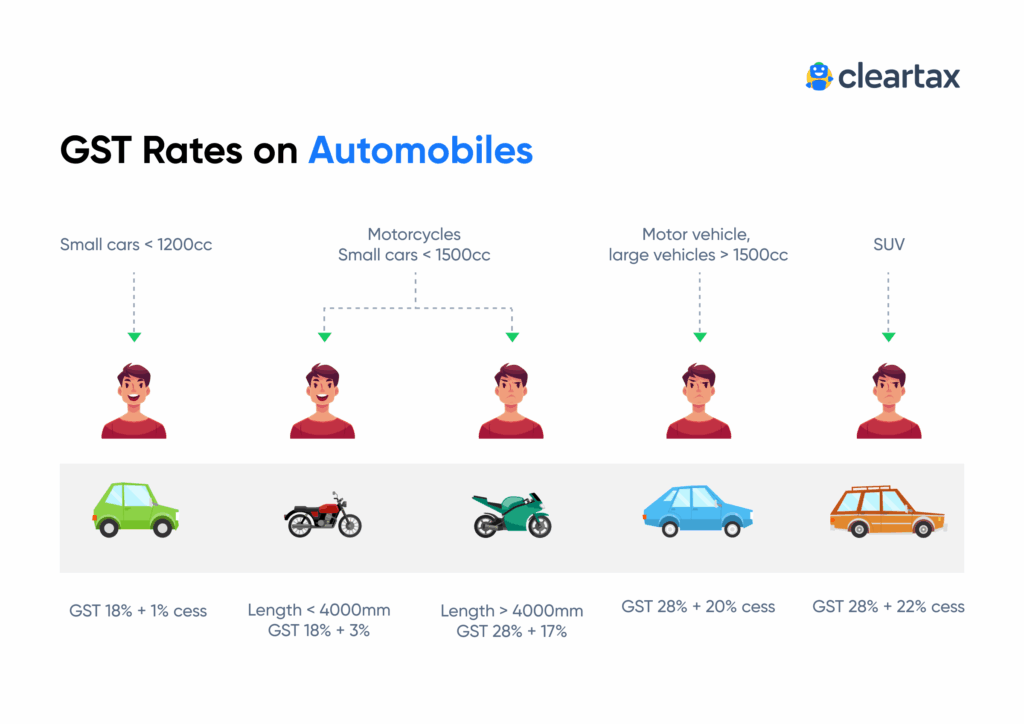
Long-Term Implications
The GST cuts won’t just impact this festive season—they could reshape India’s auto industry for years:
- Increased affordability means higher car ownership rates, especially in rural India.
- More small cars on the road could boost demand for fuel and infrastructure upgrades.
- EV adoption could slow temporarily, forcing the government to consider new subsidies or incentives.
GST Diwali Bonanza – Why Realty And Hospitality Firms Are Celebrating
GST Reform May Cost Billions in Revenue – But Could Lower Costs Fuel Spending?
Two Company Directors Arrested – Separate Tax Fraud Cases Expose New Crackdown

